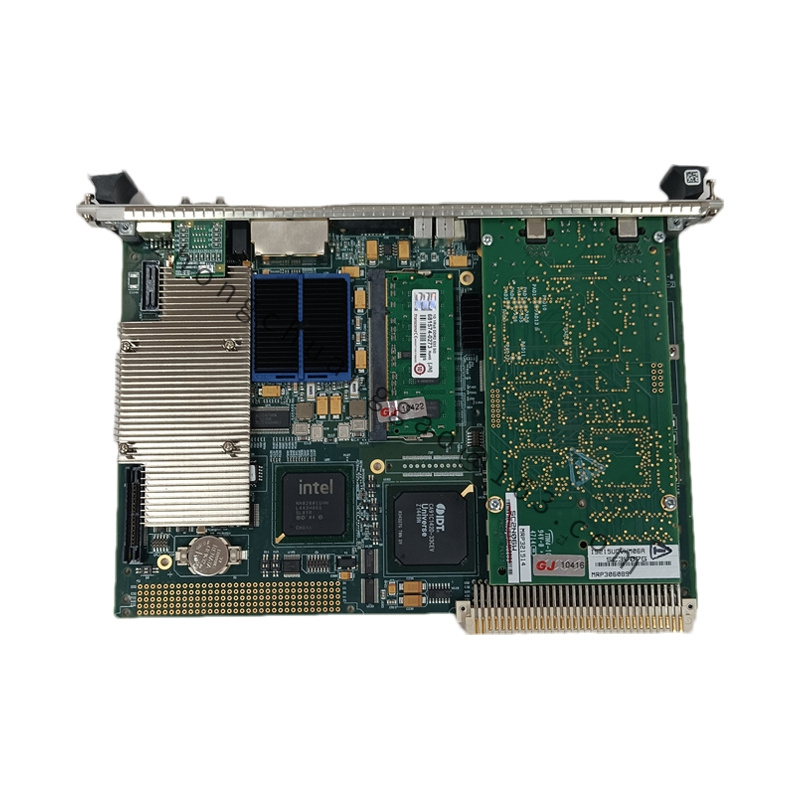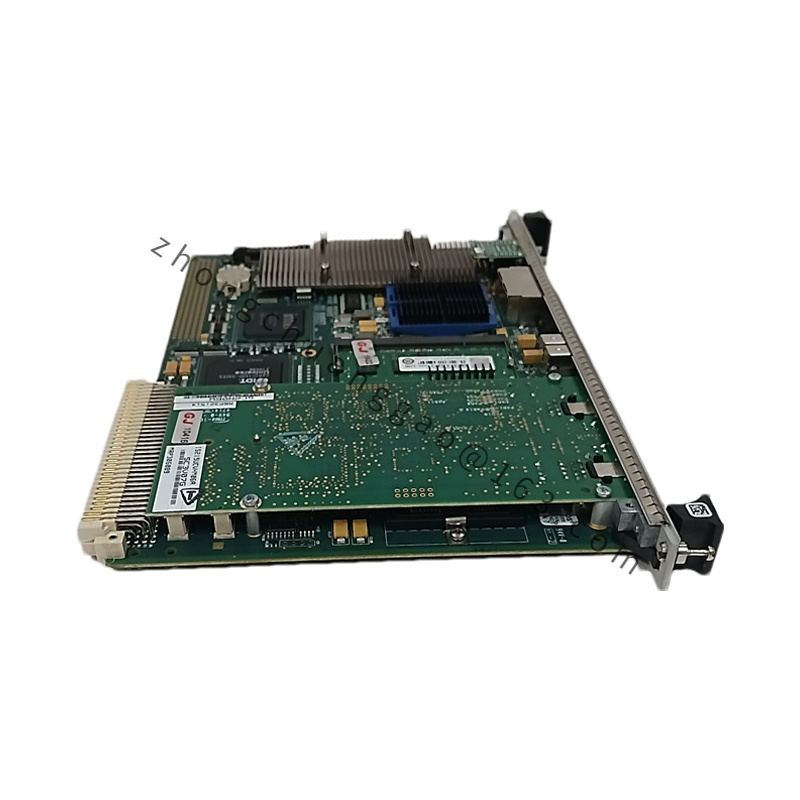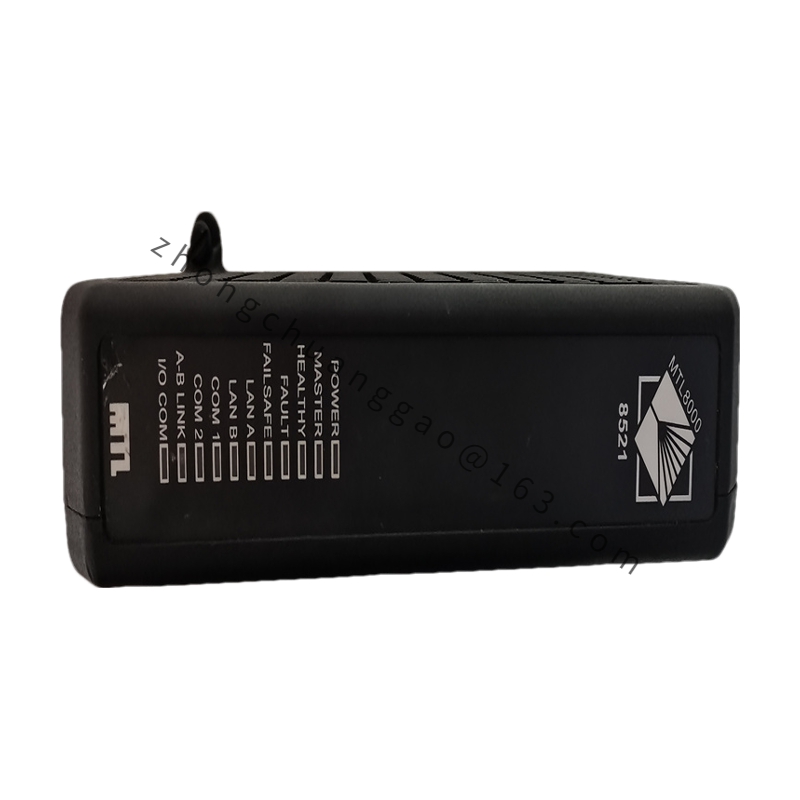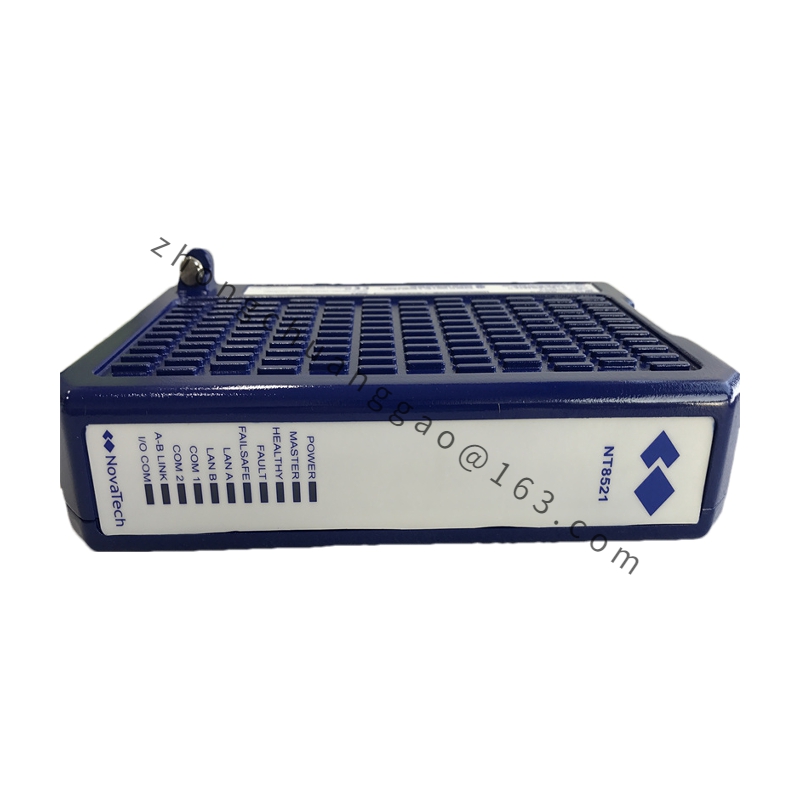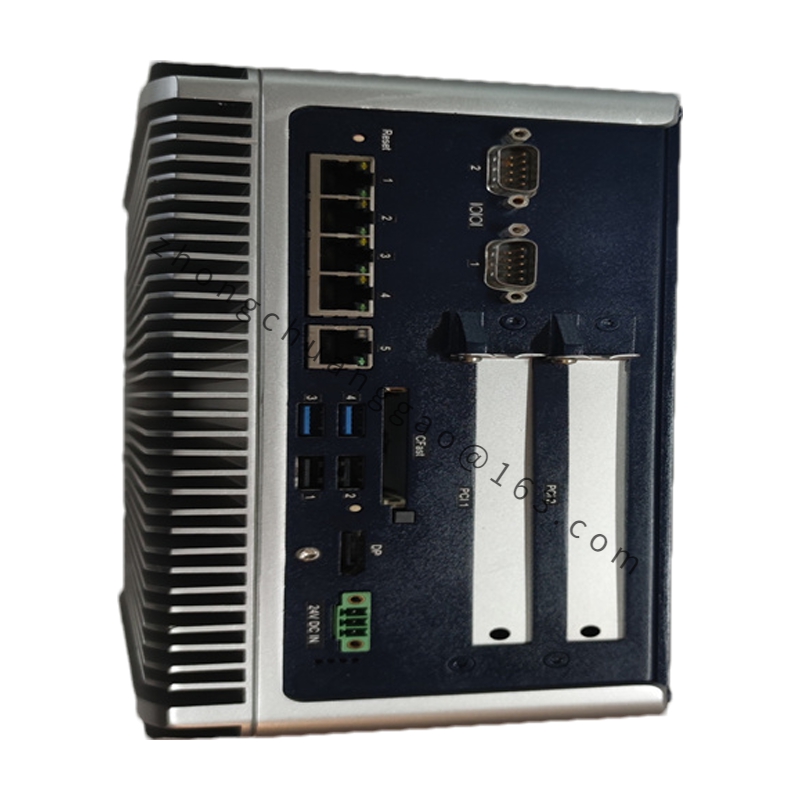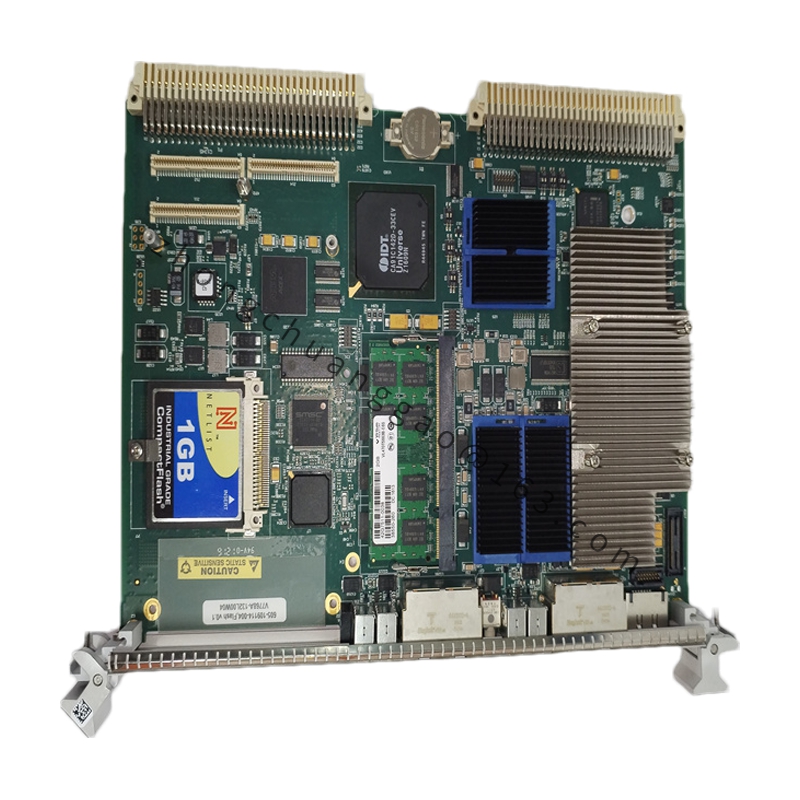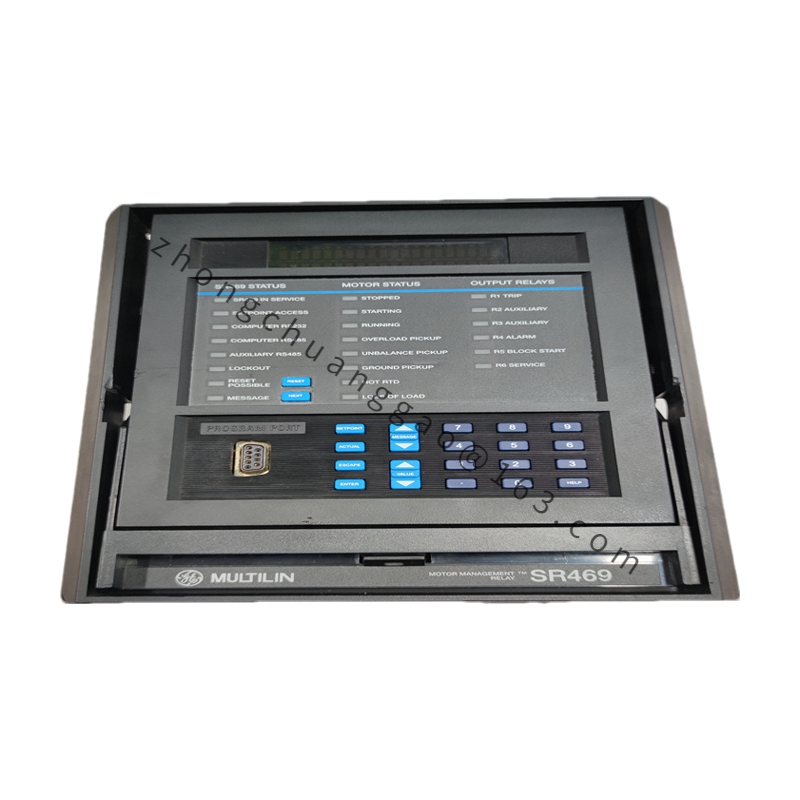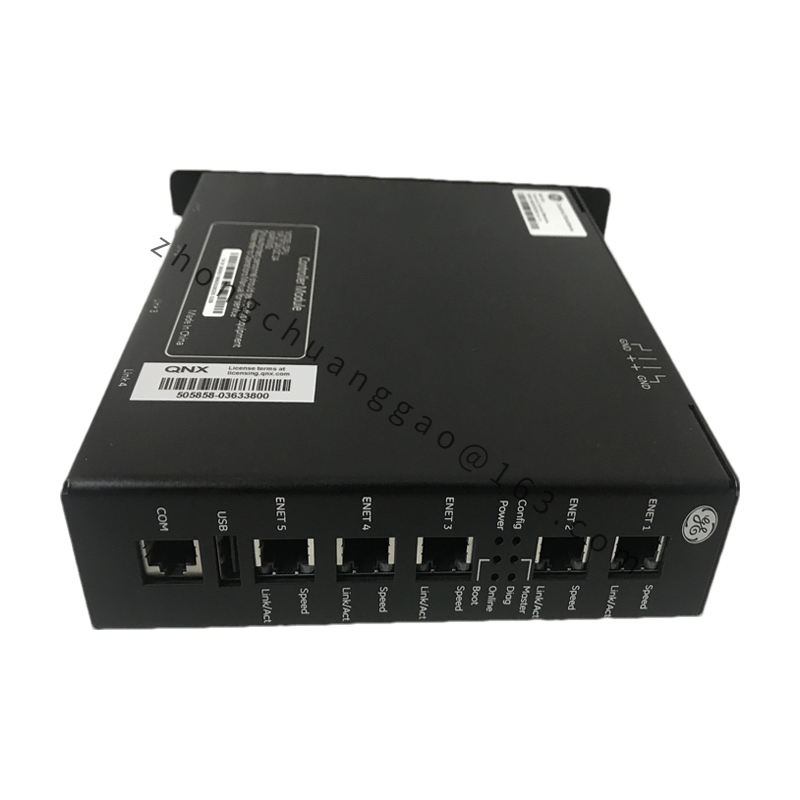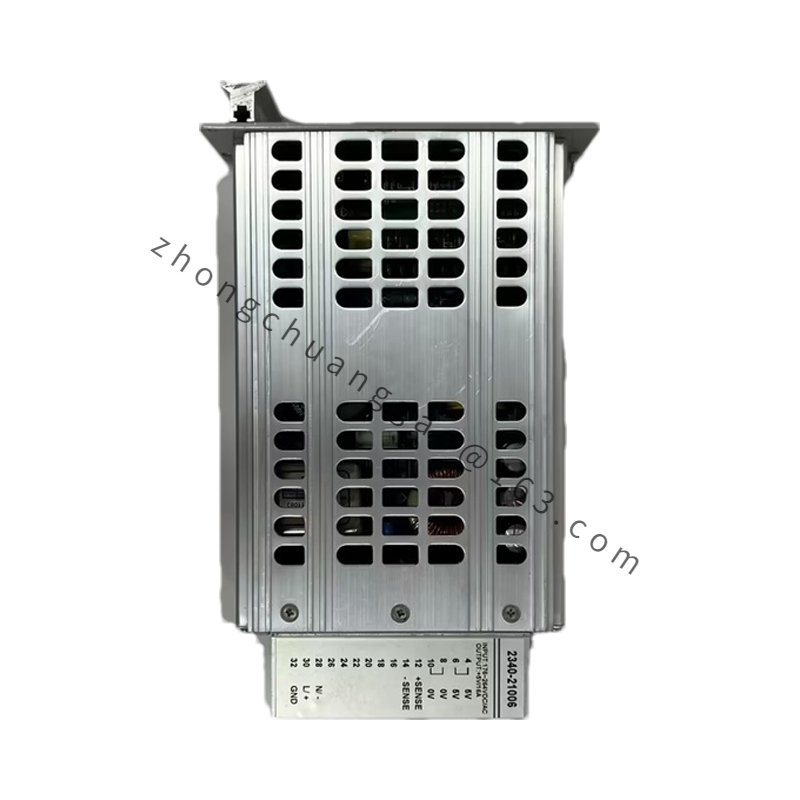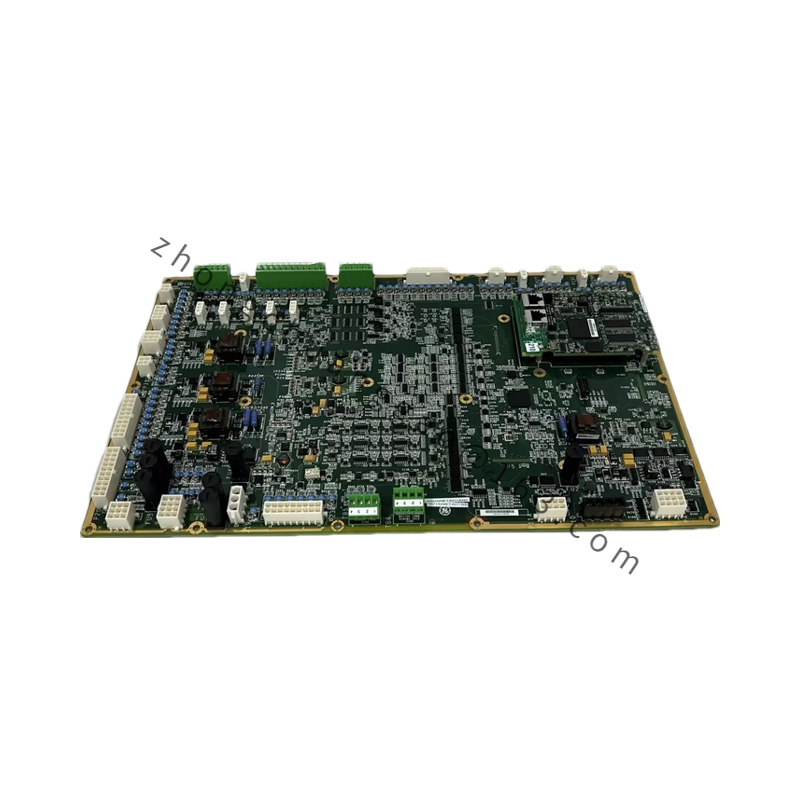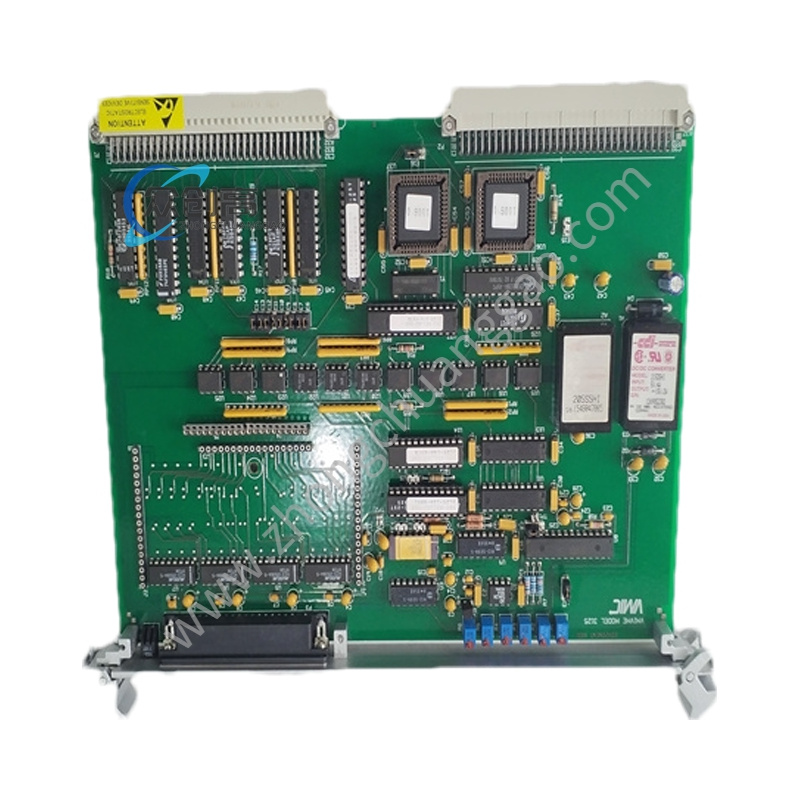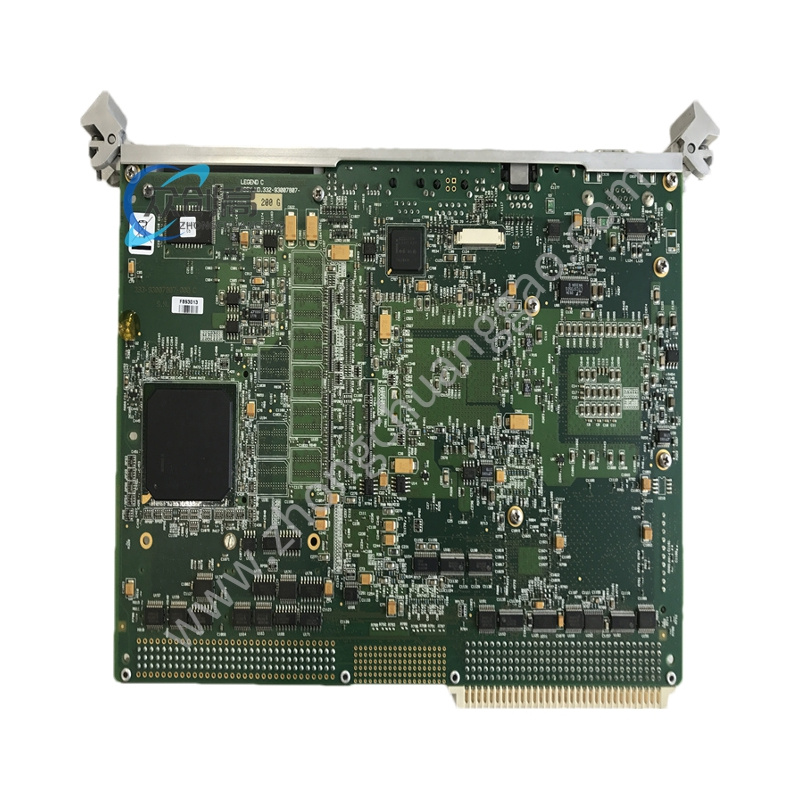Detailed content
Technical Specifications
- Model:
- Model Number: VMICPCI-7632-03310
- Type:
- Category: Industrial Embedded Computer Module / Single Board Computer (SBC)
- Processor:
- CPU: Typically features an Intel Pentium III or equivalent processor, though specific details may vary.
- Clock Speed: Usually around 500 MHz or higher, depending on the exact configuration.
- Memory:
- RAM: Equipped with 128 MB to 512 MB of DDR RAM, depending on the model and configuration.
- Storage: Often includes options for CompactFlash or other forms of industrial-grade storage.
- I/O Interfaces:
- Serial Ports: Multiple serial communication ports (RS-232/RS-485) for connectivity with external devices.
- Parallel Ports: Includes parallel ports for additional peripheral connections.
- USB Ports: Typically includes USB ports for connecting external peripherals.
- Ethernet Ports: Multiple Ethernet interfaces for network connectivity and communication.
- Expansion Slots:
- PCI Slots: Equipped with PCI slots for additional expansion cards and modules.
- Power Supply:
- Voltage: Operates on a standard industrial power supply, typically 24V DC or 12V DC; specific requirements should be checked with the manufacturer.
- Environmental Conditions:
- Operating Temperature: Designed to operate in industrial environments with temperatures typically ranging from -20°C to +60°C.
- Relative Humidity: Functions effectively in environments with 5% to 95% non-condensing relative humidity.
- Dimensions and Weight:
- Size: Designed to fit in standard 3U or 6U rackmount enclosures, with compact dimensions suitable for integration into control panels.
- Weight: Lightweight for ease of installation and integration.
Features
- High Performance:
- Processing Power: Provides robust processing capabilities suitable for handling complex control and automation tasks.
- Reliability: Built for high reliability and durability in demanding industrial conditions.
- Versatile I/O Options:
- Connectivity: Includes multiple I/O interfaces for connecting various external devices and peripherals.
- Expansion: Supports PCI expansion slots for adding additional functionality.
- Communication Interfaces:
- Networking: Multiple Ethernet ports enable seamless integration with industrial networks and other control systems.
- Serial and Parallel Ports: Provides options for legacy and specialized device connections.
- Industrial-Grade Design:
- Durability: Designed to withstand harsh industrial environments, including extreme temperatures and vibrations.
- Compliance: Meets industry standards for performance and safety.
- User Interface and Configuration:
- Configuration Tools: Includes tools and software for system setup, configuration, and diagnostics.
- Monitoring: Allows real-time monitoring and management of system performance.
Applications
- Industrial Automation:
- Usage: Ideal for use in industrial automation systems, including manufacturing processes, machinery control, and production lines.
- Industries: Commonly used in industries such as automotive, aerospace, chemicals, and heavy equipment.
- Process Control:
- Role: Functions as a central controller or data acquisition module in process control systems.
- Integration: Works with other control devices to manage and monitor industrial processes.
- Embedded Computing:
- Purpose: Serves as an embedded computing solution in various applications requiring robust and reliable computing power.
- Advantages: Provides high performance and reliability for mission-critical applications.
- Data Acquisition:
- Application: Used for collecting and processing data from sensors and field devices.
- Benefits: Enhances data collection and analysis for better decision-making and process optimization.
- SCADA Systems:
- Usage: Integrates with SCADA (Supervisory Control and Data Acquisition) systems for remote monitoring and control of industrial processes.
- Features: Supports real-time data acquisition and system management.
Additional Considerations
- Installation and Maintenance: Follow manufacturer guidelines for installation and maintenance to ensure optimal performance and longevity.
- Technical Support: For detailed specifications, configuration, and troubleshooting, consult GE’s official documentation or contact their technical support team.

